Every December, runners from around the world lace up their sneakers and make their way to one of the most breathtaking marathon settings on the planet—the scenic shores of Placencia, Belize. And for the 14th year in a row, the End of the World Marathon and Half Marathon is back on December 7, 2025, promising challenge, community, and a generous dose of Caribbean charm.
The Event That Gives Back

Hosted by Turtle Inn, this much-anticipated event isn’t just about clocking miles. All proceeds from the race directly support high school, university, and trade school scholarships for Belizean youth. It’s a run with purpose—where each stride helps pave the path to education and opportunity.
For those who can’t participate in the race but still want to get involved, volunteers and donors are always welcome. Whether you’re handing out water on the sidelines or contributing to the scholarship fund, every bit makes a difference.
Early Bird Registration is Now Open!
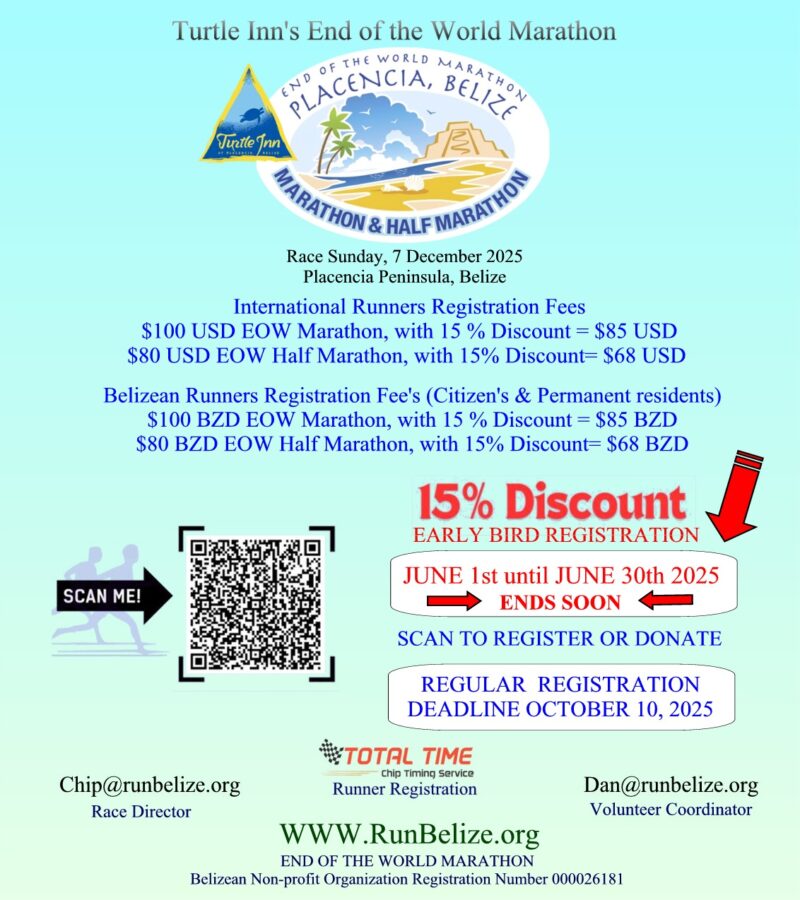
If you’re considering running the full marathon or half marathon, now is the perfect time to register. From June 1st through June 30th, 2025, early bird discounts of 15% are available for both international and Belizean participants. Save on your registration fee while securing your place in one of the most scenic races you’ll ever experience.
Why Chabil Mar is the Perfect Post-Race Retreat
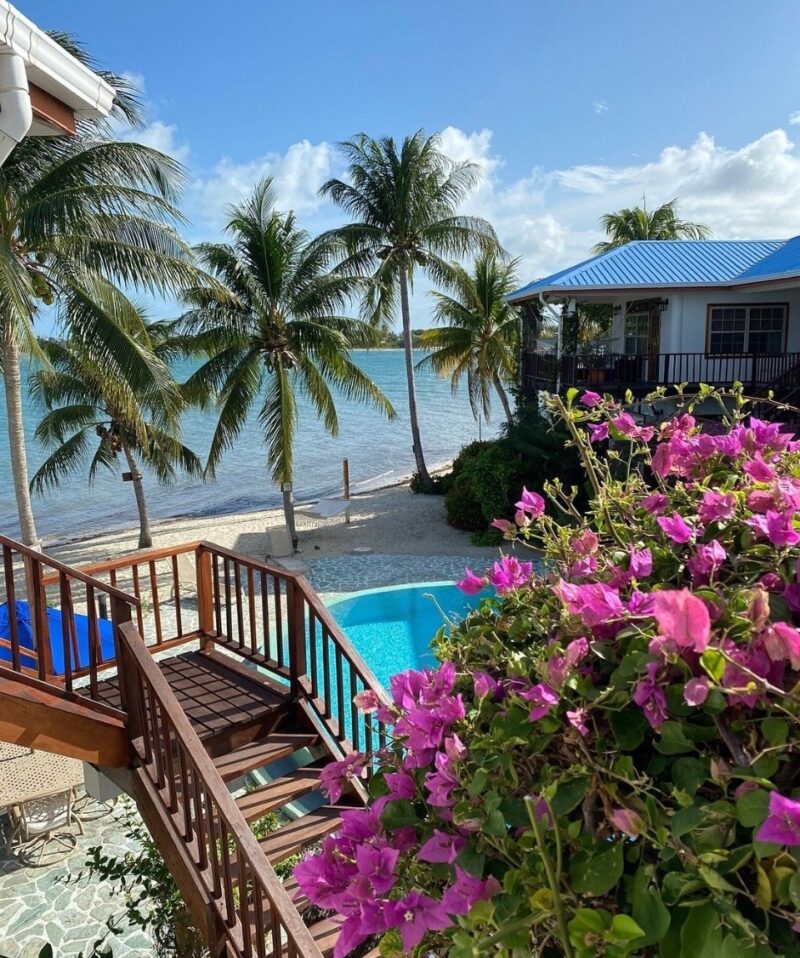
After conquering the course, unwind at Chabil Mar Villas, Placencia’s only full-service Guest Exclusive Boutique Resort. Located just a short distance from the finish line, our luxury beachfront villas are the ideal spot to rest your legs and rejuvenate your spirit.
Picture this: soaking in one of our seafront infinity pools, sipping on a tropical cocktail, and reliving your race day memories with fellow runners—all while enjoying gourmet Belizean cuisine and the calm of the Caribbean Sea.
At Chabil Mar, “beautiful sea” isn’t just our name—it’s your backdrop. With access to private beaches, paddleboards, kayaks, and the cultural vibrancy of Placencia Village just a stroll away, your marathon weekend becomes a full Belizean getaway.
More Than a Race—A Reason to Visit Belize

Whether you’re a seasoned marathoner or planning your very first race, the End of the World Marathon is more than a physical challenge. It’s a cultural celebration, a philanthropic mission, and a vacation all wrapped into one. From ancient Maya temples to jungle waterfalls, Belize offers endless post-race adventures for travelers who want to do more than just run.
Ready to join the movement? Visit www.runbelize.org to register, donate, or volunteer. Then, reserve your villa at Chabil Mar to ensure your stay in Placencia is every bit as rewarding as your race.
Visit our website Chabilmarvillas.com for more information on Belize and Chabil Mar, and don’t hesitate to send us an email, or call & chat with us via WhatsApp Free Worldwide: +501-633-7547, Local: (011-501) 523-3606, if you have questions or need help in planning a Belize vacation.
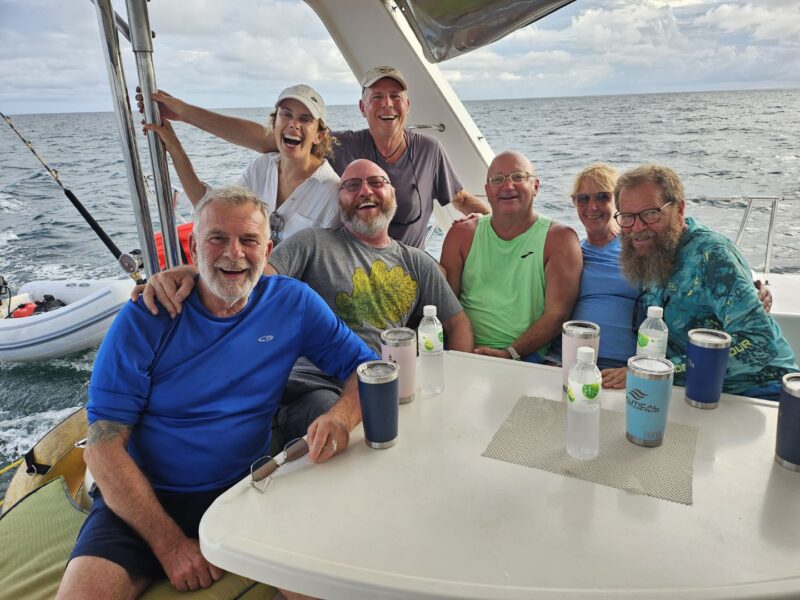
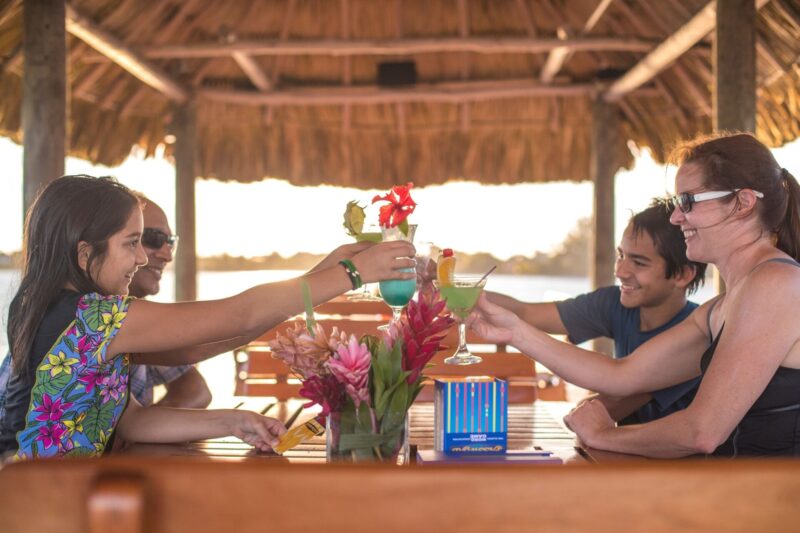
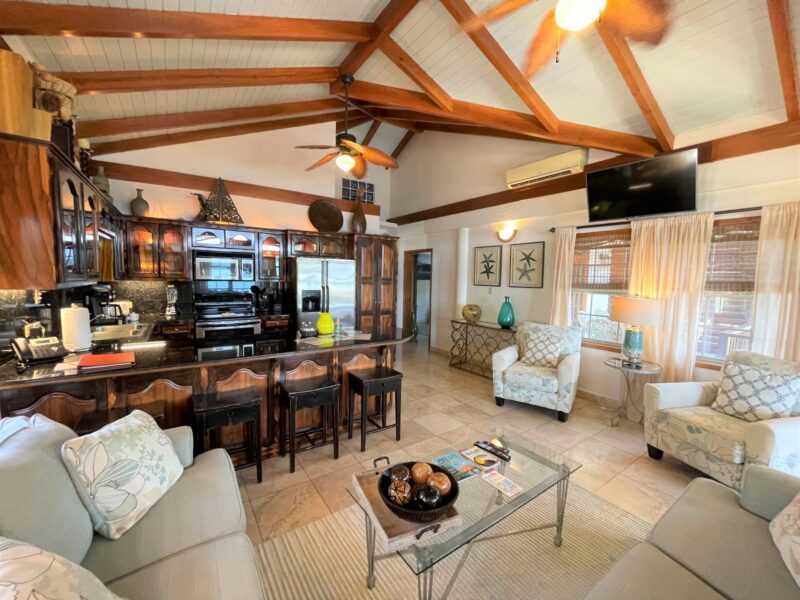

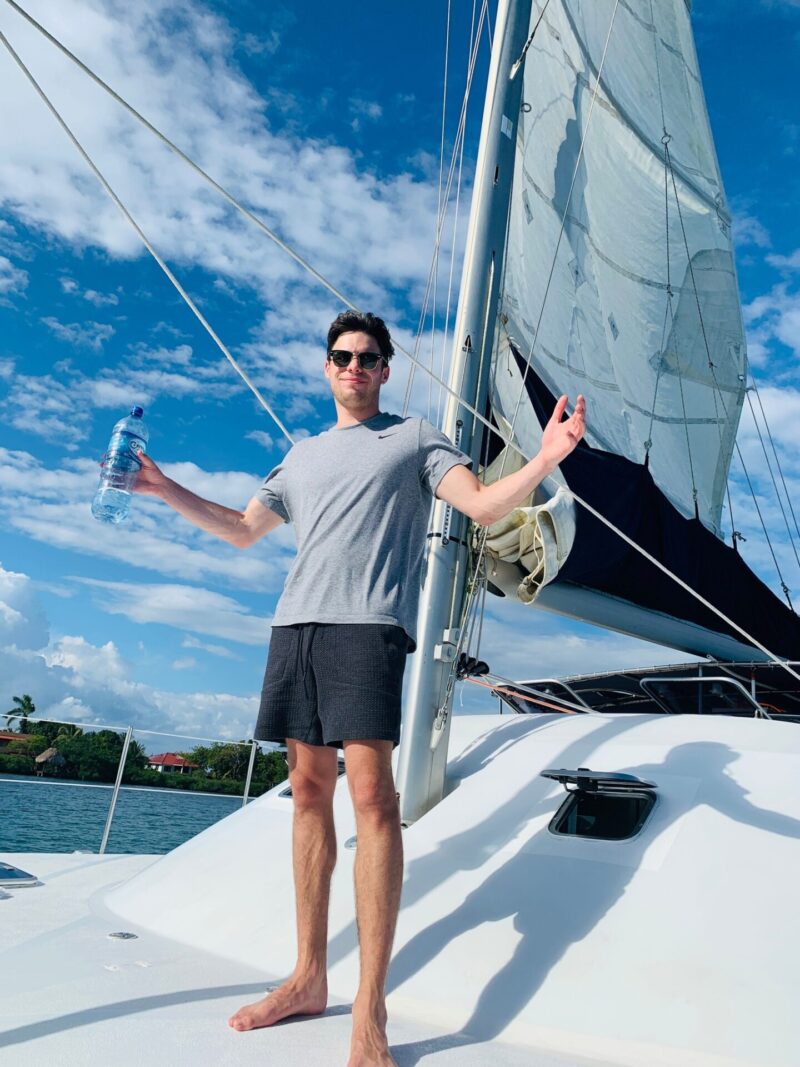
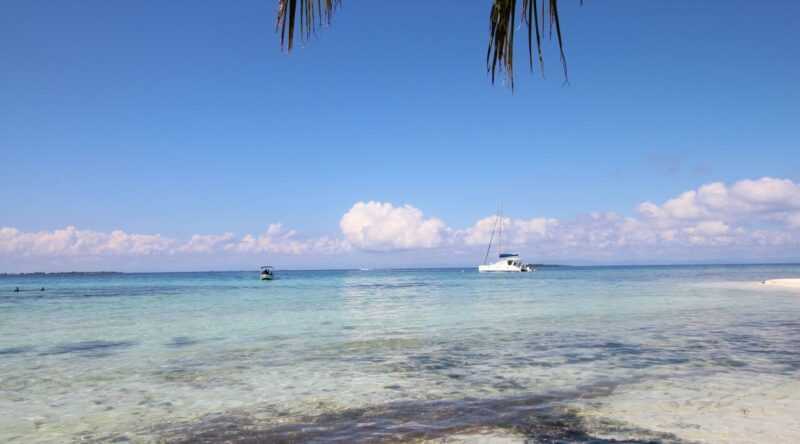


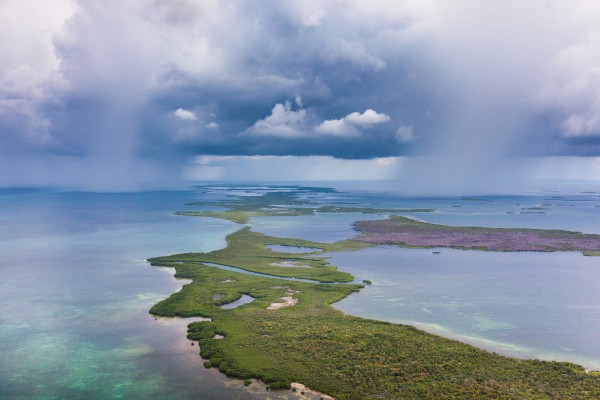
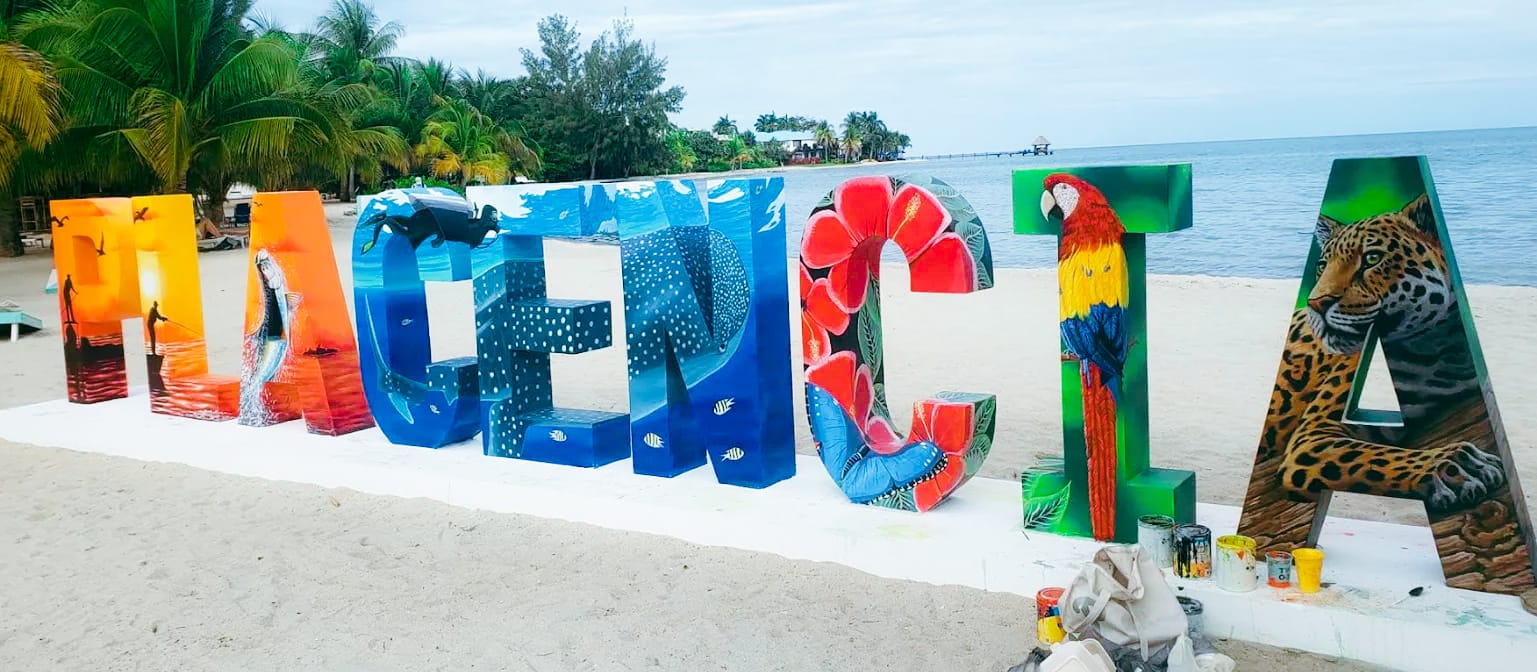

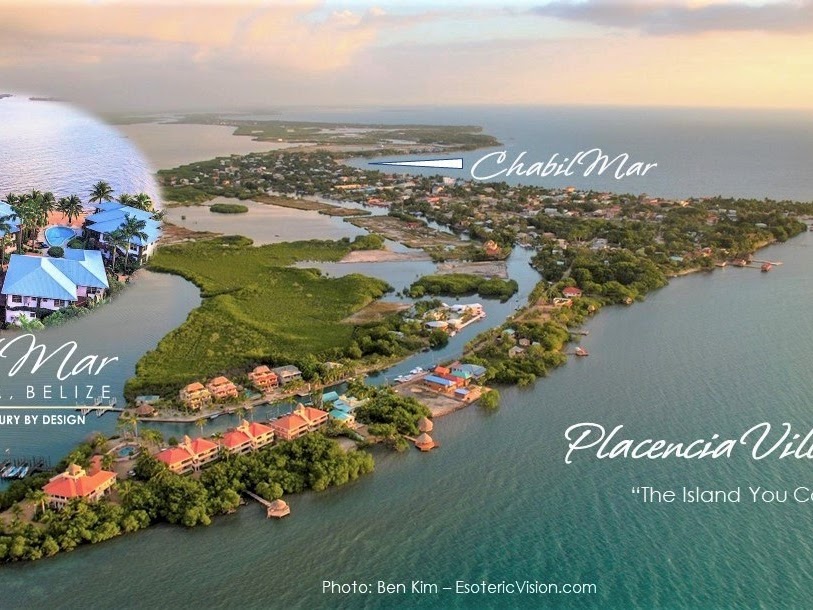

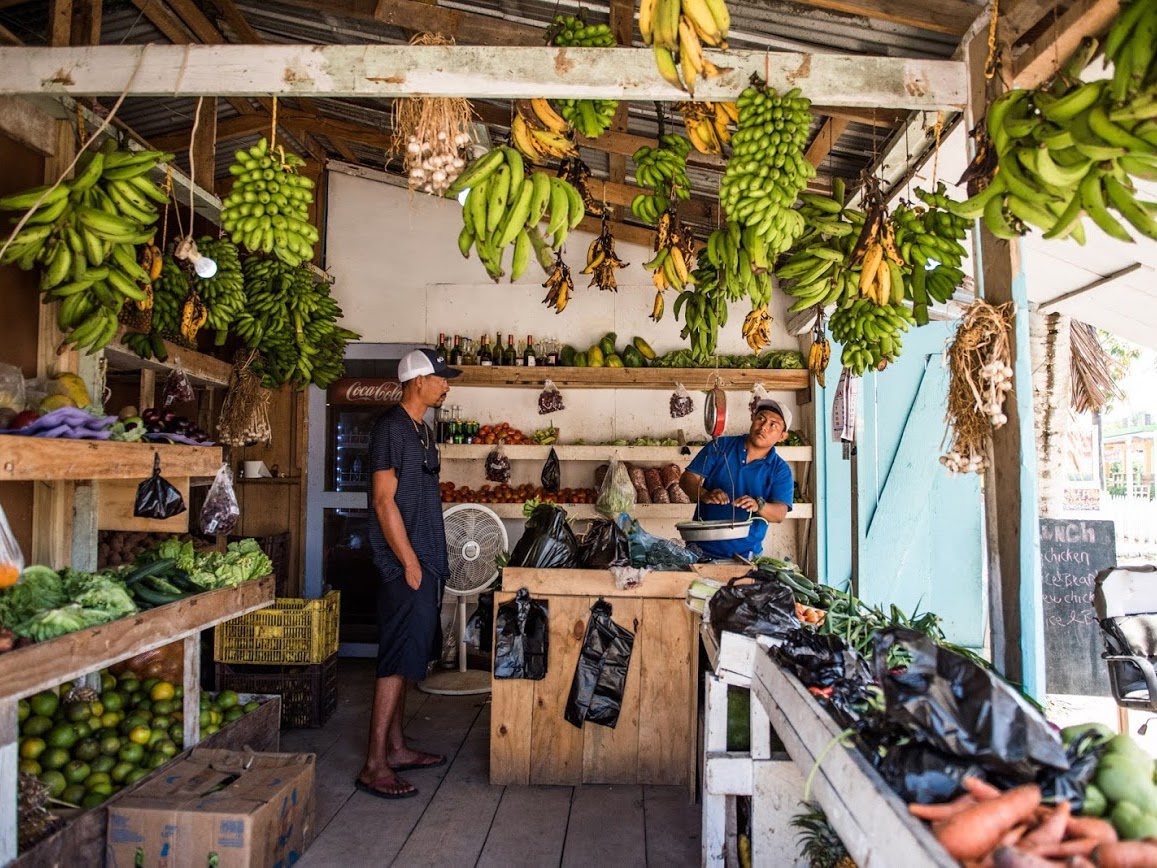
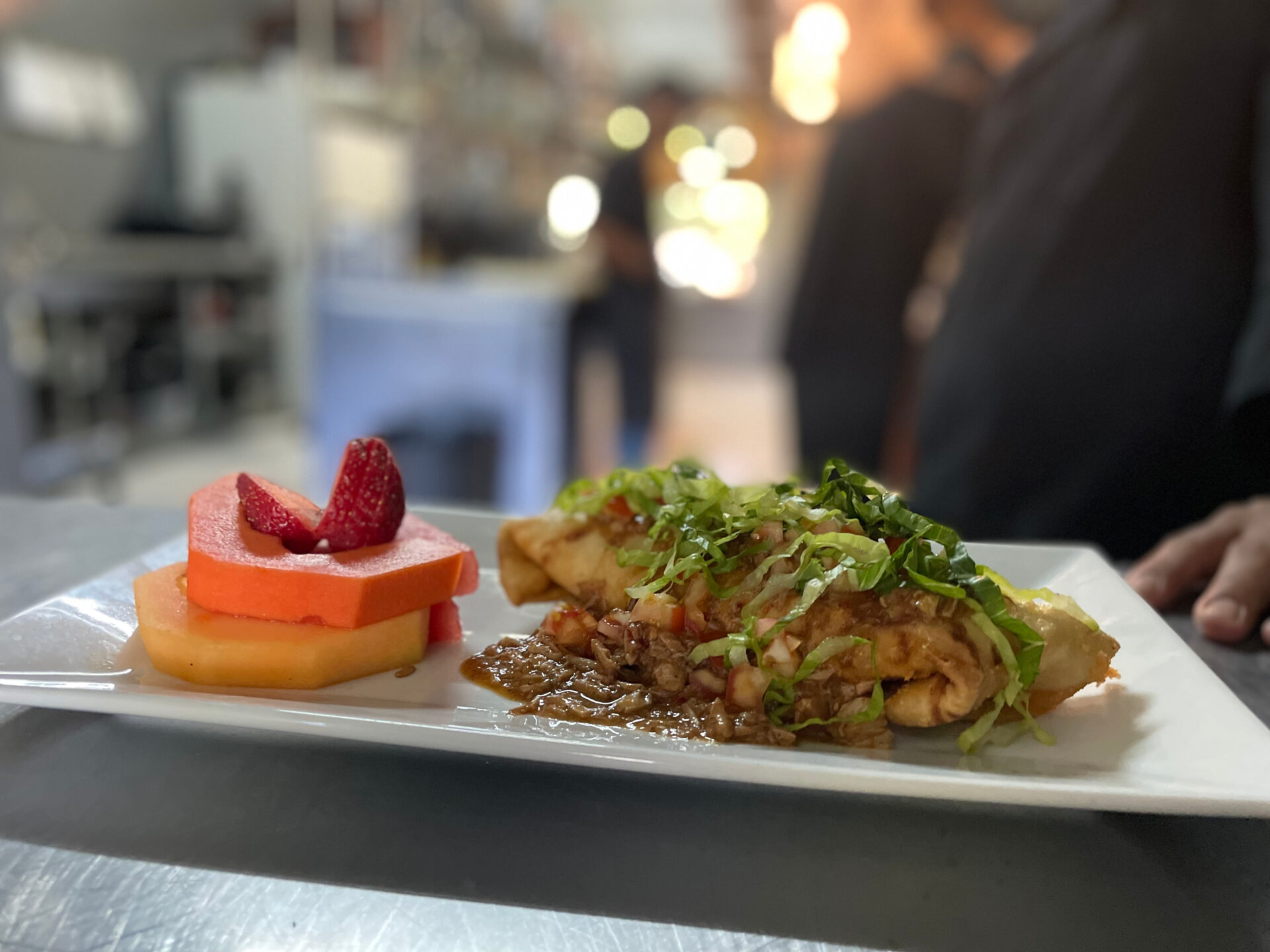


Follow Us!